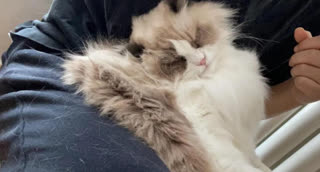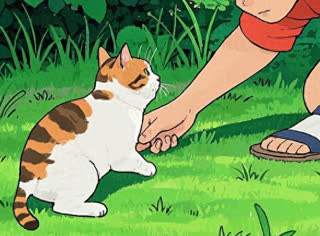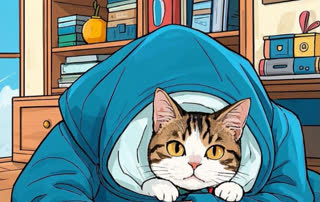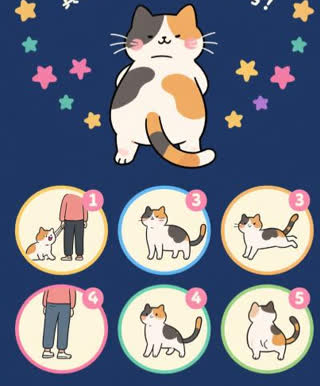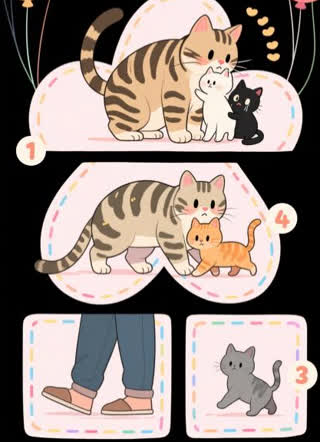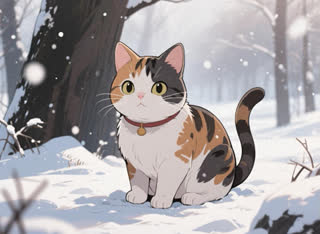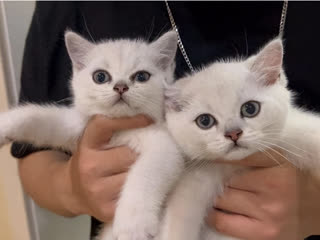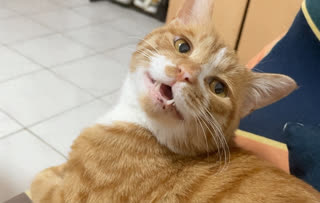The Snowshoe cat breed, a charming mix of Siamese and American Shorthair origins, is known for its striking white "boots," playful personality, and affectionate nature. As a devoted owner, providing the best diet for Snowshoe cat breed is essential to support their unique health needs and energetic lifestyle. This breed’s active temperament, combined with potential genetic predispositions like hypertrophic cardiomyopathy and thyroid issues, requires a tailored nutritional approach. In this guide, we’ll explore how to optimize your Snowshoe’s diet with scientifically backed strategies, ensuring they thrive at every life stage.
Understanding the Snowshoe Cat’s Nutritional Needs
Snowshoe cats inherit traits from both Siamese and American Shorthairs, including a high metabolism and a preference for protein-rich diets. As obligate carnivores, their digestive systems are designed to process animal-based proteins efficiently, with short intestines optimized for rapid digestion of meat and fats. Key considerations for the best diet for Snowshoe cat breed include:
High-Quality Animal Protein: Aim for diets with at least 30–40% protein from sources like chicken, turkey, or fish. Protein supports muscle maintenance and energy levels, critical for this active breed.
Moderate Fat Content: Healthy fats (15–20%) from animal sources provide energy and support skin/coat health. Omega-3 and Omega-6 fatty acids, found in fish oil, can reduce inflammation and support joint health.
Low Carbohydrates: Unlike humans, cats lack enzymes to break down high-carb diets. Excessive carbs can lead to obesity, a risk factor for diabetes—common in indoor breeds like Snowshoes.
Hydration: Snowshoes may not drink enough water naturally. Wet food or broth additives can help meet their daily moisture needs (240ml/day for a 4kg cat).
Choosing Between Dry, Wet, and Raw Diets
When designing the best diet for Snowshoe cat breed, evaluate these options:
Dry Food: Convenient and cost-effective, but often lacks moisture and may contain fillers like corn gluten. Opt for formulas with digestible proteins (e.g., Royal Canin’s DGC38, which uses L.I.P. proteins and prebiotics to support gut health).
Wet Food: Higher moisture content (70–80%) mimics the natural hydration cats would get from prey. Look for grain-free options with named meat sources and minimal additives.
Raw or BARF Diets: Advocates argue raw diets align with a cat’s ancestral needs, but improper preparation risks bacterial contamination. Consult a veterinary nutritionist before transitioning.
A hybrid approach—mixing wet and dry food—can balance convenience and hydration while catering to picky eaters.
Addressing Common Health Concerns Through Diet
Snowshoe cats are prone to specific issues that diet can mitigate:
Digestive Sensitivity: Ingredients like pumpkin fiber, psyllium husk (0.5% in Royal Canin DGC38), and probiotics aid digestion and reduce vomiting or diarrhea.
Urinary Health: Formulas with controlled magnesium and phosphorus levels prevent crystal formation. Ensure your cat’s diet includes cranberry extracts or methionine to acidify urine.
Weight Management: Obesity exacerbates joint stress and heart disease. Measure portions using feeding charts (e.g., 40–50g/day for a 4kg inactive cat) and avoid free-feeding.
Feeding Tips for Snowshoe Cats
Simulate Hunting: Hide small portions of kibble in puzzle feeders or cardboard boxes to engage their intelligence and slow eating.
Avoid Toxic Foods: Chocolate, onions, and xylitol are lethal. Even “safe” human foods like dairy can cause digestive upset.
Supplement Wisely: Taurine (for heart health), lysine (to combat herpesvirus), and fish oil (for coat shine) are beneficial additions.
Foods to Avoid
Steer clear of:
Grain-Heavy Kibbles: Corn, wheat, and soy are common allergens and offer little nutritional value.
Artificial Additives: Preservatives like BHA/BHT and artificial colors may trigger allergies.
High-Sodium Treats: Excess salt strains the kidneys, a concern for breeds prone to renal issues.
Crafting the best diet for Snowshoe cat breed involves balancing protein-rich meals, hydration, and targeted nutrients to address their unique health profile. Whether you choose commercial formulas like Royal Canin’s digestive support blend or a carefully curated raw diet, prioritize quality ingredients and consult your veterinarian for personalized advice. By understanding your Snowshoe’s needs, you’ll ensure they live a vibrant, healthy life—filled with playful chatter and endless affection

